RegretfulBeautyandtheJoyfulMid-AutumnFestivalACulturalExplor
- 教育
- 2025-09-04 18:15:10
- 923
# Introduction
In the vast tapestry of human culture, the Mid-Autumn Festival stands as a beacon of joy and unity, yet it is often shrouded in a layer of regretful beauty. This article delves into the intricate relationship between these two seemingly contradictory concepts, exploring their origins, cultural significance, and the ways in which they intertwine to create a unique and profound experience for those who celebrate this festival.
# The Origins and Cultural Significance
The Mid-Autumn Festival, also known as the Moon Festival, is a traditional Chinese holiday celebrated on the 15th day of the eighth month of the lunar calendar. This date is chosen because it marks the peak of the autumn season, when the moon is at its fullest and brightest. The festival has deep roots in Chinese culture, with its origins tracing back to ancient times when people would worship the moon and offer sacrifices to thank the heavens for a bountiful harvest.
The cultural significance of the Mid-Autumn Festival is multifaceted. It is a time for family reunions, as people travel from afar to be with their loved ones. The festival is also a celebration of the harvest, with mooncakes and other traditional foods symbolizing abundance and prosperity. However, the festival is not without its bittersweet moments, which add a layer of regretful beauty to the celebration.
# The Regretful Beauty of the Festival
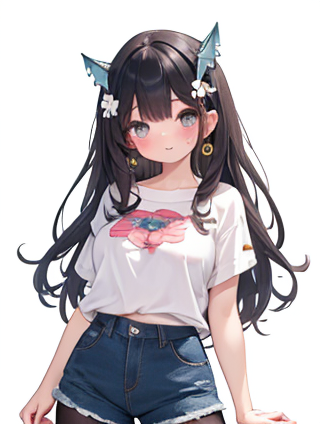
Regretful beauty is a concept that captures the essence of beauty that is tinged with sadness or nostalgia. In the context of the Mid-Autumn Festival, this beauty is often associated with the fleeting nature of family gatherings and the impermanence of life. Despite the joy and happiness that fill the air during the festival, there is an underlying sense of regret that comes from the knowledge that these moments are temporary.
One of the most poignant examples of regretful beauty in the Mid-Autumn Festival is the story of Chang'e, the moon goddess. According to legend, Chang'e was a beautiful woman who lived on Earth with her husband, Hou Yi. When a group of ten suns appeared in the sky, causing drought and famine, Hou Yi shot down nine of them, saving humanity. As a reward, he was given an elixir of immortality. However, Chang'e took the elixir and flew to the moon, where she lives to this day. The story of Chang'e is a symbol of the regretful beauty of the festival, as it reminds us of the impermanence of life and the bittersweet nature of our existence.
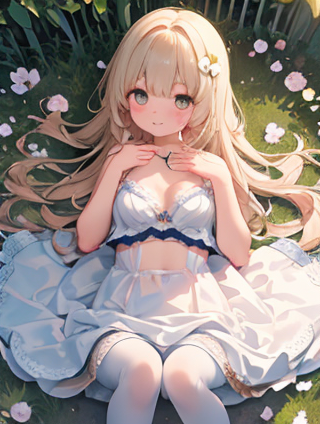
Another example of regretful beauty in the Mid-Autumn Festival is the tradition of writing moon poems. During the festival, people often gather to write poems about the moon, expressing their thoughts and feelings. These poems often contain a sense of regret and longing, as they reflect on the fleeting nature of life and the impermanence of family gatherings. The beauty of these poems lies in their ability to capture the bittersweet moments of the festival, adding a layer of depth and complexity to the celebration.
# The Joyful Celebration
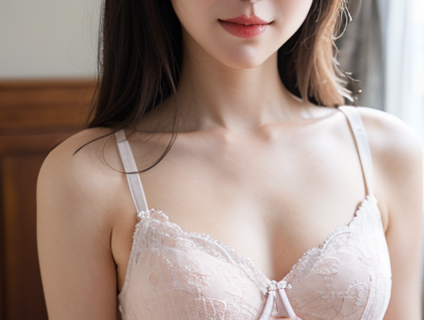
Despite the regretful beauty that permeates the Mid-Autumn Festival, it is also a time of great joy and celebration. The festival is marked by a variety of traditional activities, including moon gazing, mooncake eating, and lantern making. These activities bring people together, fostering a sense of community and unity.
One of the most popular activities during the Mid-Autumn Festival is moon gazing. People gather in open spaces to admire the full moon, which is often accompanied by a beautiful display of lanterns. The moon is seen as a symbol of unity and harmony, and its fullness represents a time of abundance and prosperity. Moon gazing is a time for families to come together and share in the beauty of the night sky.
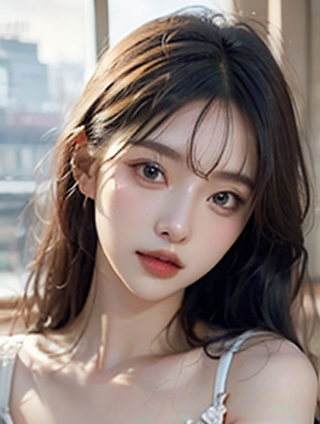
Another important tradition during the Mid-Autumn Festival is mooncake eating. Mooncakes are traditional pastries filled with sweet or savory fillings, such as lotus seed paste or meat. They are often given as gifts to friends and family, symbolizing the sharing of happiness and prosperity. Eating mooncakes is a way for people to express their gratitude for the harvest and to share in the joy of the festival.
Lantern making is another popular activity during the Mid-Autumn Festival. People create intricate lanterns using paper, silk, or other materials, often in the shape of animals or flowers. These lanterns are then hung up in public spaces or carried around during parades. The lanterns are seen as symbols of hope and good fortune, and their bright colors add to the festive atmosphere of the festival.
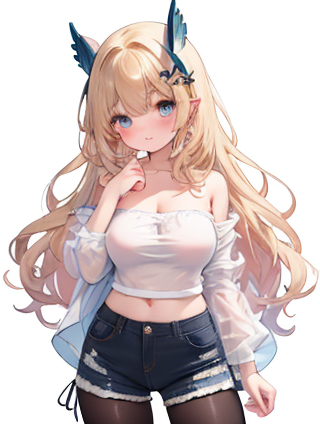
# The Interplay Between Regretful Beauty and Joyful Celebration
The interplay between regretful beauty and joyful celebration is what makes the Mid-Autumn Festival so unique and profound. While the festival is marked by moments of joy and happiness, it is also a time for reflection and contemplation. The regretful beauty of the festival adds depth and complexity to the celebration, reminding us of the impermanence of life and the importance of cherishing every moment.
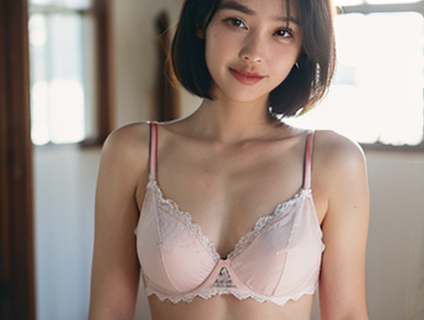
The regretful beauty of the Mid-Autumn Festival is not just a reflection of personal experiences but also a cultural phenomenon that has been passed down through generations. It is a reminder that even in times of joy and happiness, there is always a sense of regret and longing. This bittersweet nature of the festival adds to its beauty and makes it a truly unique celebration.
# Conclusion
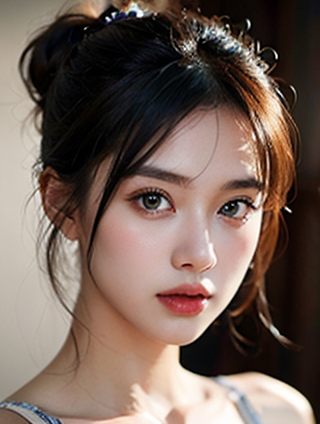
In conclusion, the Mid-Autumn Festival is a celebration that combines joy and regretful beauty in a unique and profound way. While it is a time for family reunions, harvest celebrations, and traditional activities, it is also a time for reflection and contemplation. The regretful beauty of the festival adds depth and complexity to the celebration, reminding us of the impermanence of life and the importance of cherishing every moment. Whether through the story of Chang'e, moon poems, or traditional activities, the Mid-Autumn Festival is a celebration that captures the essence of human experience and adds a layer of regretful beauty to our lives.